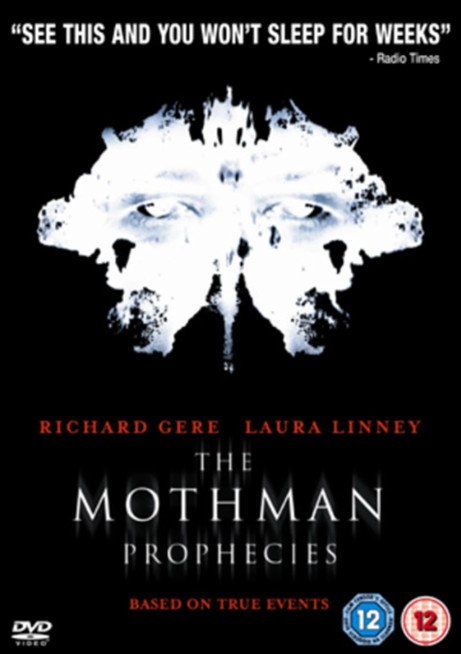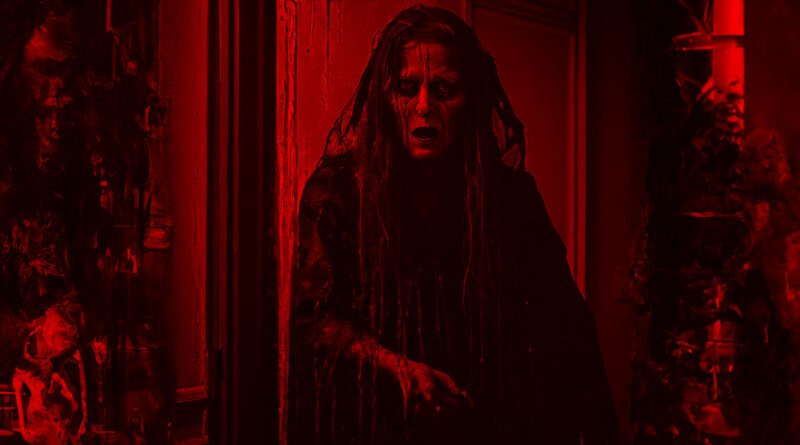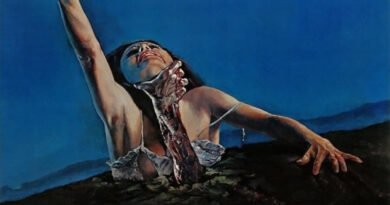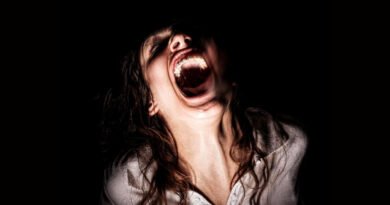The Scariest Urban Legends That Inspired Horror Films
The Scariest Urban Legends That Inspired Horror Films
Urban legends are the campfire tales of the modern age—chilling stories whispered in school corridors, passed down at sleepovers, or discovered late at night on internet forums. Though often unverified, these tales strike a primal nerve, tapping into our deepest fears. It’s no surprise, then, that filmmakers have long drawn inspiration from urban legends, turning them into full-blown cinematic nightmares.
Here are some of the most terrifying urban legends that inspired horror films, blurring the line between folklore and fear.
1. Candyman (1992) – Based on the Bloody Mary Legend

The terrifying concept behind Candyman has its roots in the Bloody Mary legend—the idea that if you say a ghostly name into a mirror multiple times, a vengeful spirit will appear. While the film’s backstory introduces a unique mythology involving a murdered Black artist and forbidden love, the core mechanic—summoning evil through a mirror—remains one of the most enduring urban myths.
Candyman took this legend to new heights, combining urban folklore with real-life themes of racial injustice and socio-economic disparity, all while ensuring you never look at a mirror the same way again.
2. The Blair Witch Project (1999) – The Blair Witch Legend

Though the Blair Witch itself was a creation of the filmmakers, the mythos they crafted around it was eerily familiar to anyone who’d grown up hearing about witches in the woods or cursed trails you should never follow. By presenting their story as found footage, The Blair Witch Project blurred the lines between fiction and reality, with many early viewers unsure if the legend was actually real.
The film’s viral marketing campaign, which included fake documentaries and “missing” posters, cleverly tapped into the internet’s thirst for the unexplained, effectively creating a brand-new urban legend in real time.
3. When a Stranger Calls (1979) – “The Babysitter and the Man Upstairs”

This classic urban legend tells of a babysitter receiving ominous phone calls, only to discover the caller is inside the house. It’s a tale that has chilled generations, warning of just how vulnerable we are in places we believe to be safe.
When a Stranger Calls captured this horror with its infamous opening sequence, regarded as one of the most terrifying scenes in horror history. It’s a simple yet effective premise, and its legacy lives on in countless homages across film and television.
4. Urban Legend (1998) – A Collection of Chilling Myths

As its title suggests, Urban Legend is a film built entirely around classic creepy tales—from the killer in the back seat to the roommate’s death being mistaken for sleep. The film cleverly weaves these stories into a slasher format, turning familiar legends into grisly realities.
What makes Urban Legend particularly engaging is how it plays on our familiarity with the myths. Audiences are constantly guessing which tale will come to life next, adding a layer of anticipatory dread to the narrative.
5. The Mothman Prophecies (2002) – The Mothman of Point Pleasant

This unsettling film is based on real reports from Point Pleasant, West Virginia, where multiple people claimed to see a winged humanoid creature with glowing red eyes. These sightings were said to precede the tragic collapse of the Silver Bridge in 1967.
The Mothman Prophecies delves into paranoia, grief, and the supernatural, crafting a psychological horror story around a legend that still captures imaginations today. Its ambiguous narrative leaves viewers questioning whether the Mothman was a warning, a threat, or something beyond comprehension.
6. The Ring (2002) – Cursed Media and Ghostly Retribution

Though adapted from the Japanese film Ringu, which in turn was based on Koji Suzuki’s novel, The Ring feels deeply rooted in the urban legend tradition. The cursed video tape that kills viewers seven days after watching it is reminiscent of modern myths about haunted objects, cursed phone numbers, or chain messages you must forward or suffer the consequences.
The film took this concept and gave it a terrifying face in Samara, the long-haired ghost whose emergence from the television remains one of horror’s most iconic moments.
7. Alligator (1980) – Alligators in the Sewers

An odd but persistent urban legend suggests that pet alligators, flushed down toilets in New York, grew into monstrous creatures in the city’s sewer system. It’s a bizarre yet strangely believable tale, especially in an era where exotic pets were all the rage.
Alligator turns this myth into a creature feature, following a massive, mutated gator terrorising the city. It’s part satire, part shock-fest, and a great example of how urban legends can inspire outlandish but entertaining horror.
8. Dead Man’s Curve (1998) – The “Suicide Curve” Myth

While less known than others, Dead Man’s Curve (also released as The Curve) plays on the college urban legend that a student will automatically receive straight As if their roommate dies. The film spins this tale into a psychological thriller, exploring just how far people might go to game the system.
It taps into academic pressures and moral decay, presenting a chilling “what if” scenario rooted in a myth many students have heard at least once.
9. Lights Out (2016) – Shadow People and Sleep Paralysis

While Lights Out is an original concept, it draws heavily from the urban legend of shadow people—dark, humanoid figures said to appear during sleep paralysis episodes. Many cultures have reported similar entities, often described as malevolent and terrifyingly real.
The film brings this concept to horrifying life through its antagonist, Diana, a ghostly presence that only exists in darkness. It’s a deeply primal fear—the fear of what lurks when the lights go out—and one that the film executes with chilling precision.
10. The Tunnel (2011) – Government Cover-Ups and Abandoned Spaces

This Australian found footage film centres on a group of journalists investigating mysterious disappearances in Sydney’s abandoned train tunnels. It draws from persistent rumours and urban legends about hidden government facilities, secret tunnels, and cover-ups related to the homeless population.
By tapping into real-world fears of corruption and forgotten places beneath our cities, The Tunnel grounds its horror in plausibility, making it all the more unsettling.
Final Thoughts
Urban legends endure because they speak to our shared anxieties: fear of the unknown, mistrust of strangers, and the dread that something sinister might be lurking just around the corner. When translated into film, these tales take on new life, horrifying audiences and keeping the myths alive for future generations.
So next time you hear a whisper about a ghostly hitchhiker or a haunted mirror, remember: it might just be the plot of the next great horror film.




